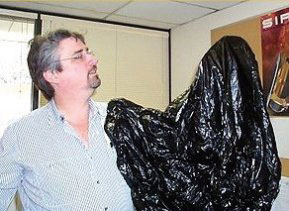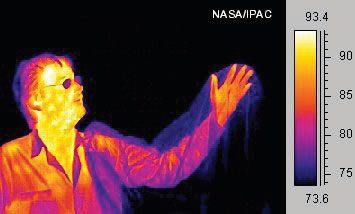
MATH, SCIENCE , HISTORY,
UNRAVELLING THE MYSTERIES,
THAT ALL STARTED WITH THE BIG BANG.
It is well known that our universe emerged from a huge explosion called THE BIG BANG that took place nearly 13.6 billion years ago. But is it really that straight forward? The light that enables us to see did not exist for another few 100 million years even after the BIG BANG. So what do you think was the source for the first light ever that traveled the universe? When were the stars which light up the night sky initially formed? These are some of the questions that THE JAMES WEBB SPACE TELESCOPE will help us to get the answers to.

ABOUT JAMES WEBB TELESCOPE…
Named after a former NASA Astronomer James Webb, WEBB will be a large infrared telescope which will be a step further than the HUBBLE TELESCOPE. A collaborated product of NASA, the EUROPEAN SPACE AGENCY, and the CANADIAN SPACE AGENCY, the WEBB will be able to answer questions leading to the history of our universe. It will have a 6.5-meter primary mirror and the launch will take place on an Ariane 5 rocket in French Guiana in 2021.
WHAT MAKES WEBB INNOVATIVE?
- It has been equipped with ultra-lightweight beryllium made mirror which is further made up of 18 separate segments .
- After the launch the mirrors are designed to unfold and adjust to shape.
- Most catchy feature is a five layer sunshield of the size of a tennis court which reduces the effect of the sun’s heat upto a million times.
- It has NIRSpec,an instrument which has programmable microshutters which will enable the simultaneous observation of upto 100 objects.
- WEBB also carries a cryocooler to cool the mid infrared detectors of MIRI upto 7K .
OUR COSMIC HISTORY…
GALAXIES

Galaxies are the clusters of stars present throughout the universe. Our solar system is a tiny speck in The MILKY WAY GALAXY. The presence of galaxies indicates the arrangement of matter on large scales in the universe. But were the galaxies always arranged in this way? It is believed that many different processes took place over a period of several billion years including the collisions of many smaller galaxies resulting in the formation of the galaxies that we are now aware of.
How did the galaxies initially come into existence? What is the significance of the black holes present at the centres of the galaxies? Bearing such questions in mind the JAMES WEBB TELESCOPE has been designed.
EXOPLANETS AND THE SOLAR SYSTEM
In our solar system all the planets orbit around the same star which is the sun. The planets which orbit other stars are called Exoplanets.
WEBB will be responsible for studying the exoplanets and hence, life beyond the earth. Spectroscopy will be a method used by the WEBB to give information about the atmosphere of an exoplanet based on its image.
Mars rovers and landers have collected information over the course of time and WEBB will act as a tool to provide authenticity of these findings.WEBB will also cover the small heavenly bodies such as asteroids, comets, and also the smaller planets like Pluto.


What do you understand by infrared telescope?
Imagine your hand inside a garbage bag. You won’t be able to see it with your eyes. What if you try to see your hand through an infrared camera? The camera will detect the warmth of your hand and your hand will be now visible.

This feature of the infrared WEBB Telescope will help in looking beyond the dusty clouds and enable the astronomers to study the formation of stars. Since the dust makes it difficult to study such regions, infrared wavelengths are required.

COMPARISON BETWEEN JAMES WEBB AND HUBBLE SPACE TELESCOPE
- While Hubble can focus on a small region of the infrared spectrum i.e. the ultraviolet region JWST won’t be able to see in the ultraviolet Light like the Hubble.
- JWST’s sunshield is about 22 m by 12m, Hubble’s length is 13.2 m and the maximum diameter is 4.2m.
- While the Hubble orbits the Earth at a distance of 570km, JWST will not orbit the earth but will be positioned 1.5million km away at the L2 point.
A TIME MACHINE

When the mention of very far away objects or very distant objects takes place Einstein’s Theory of Relativity plays a major role. Some stars that we see through our telescopes are the same as they were a billion years ago. Their light is reaching us now and by the time their light reaches us the colour of the light undergoes something called a REDSHIFT. Due to this phenomenon, the light which was originally emitted by the stars and galaxies as ultraviolet or visible light gets shifted towards the infrared region by the time it reaches us. The higher the REDSHIFT, the farther away is the object. To sum it up, in order to see, what can be called the First stars and galaxies, a powerful infrared telescope is required and that is where the JAMES WEBB SPACE TELESCOPE will play its part.JWST will therefore act as a sort of time machine and help the astronomers to study about initial stages of the formation of stars and galaxies after the BIG BANG.
JAMES WEBB SPACE TELESCOPE will be the most advanced telescope built to date and it will take us closer to the history of our origin all the way to the BIG BANG. It can therefore be called Hubble’s successor.
